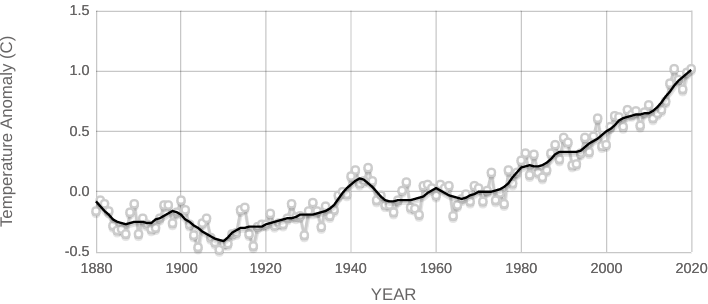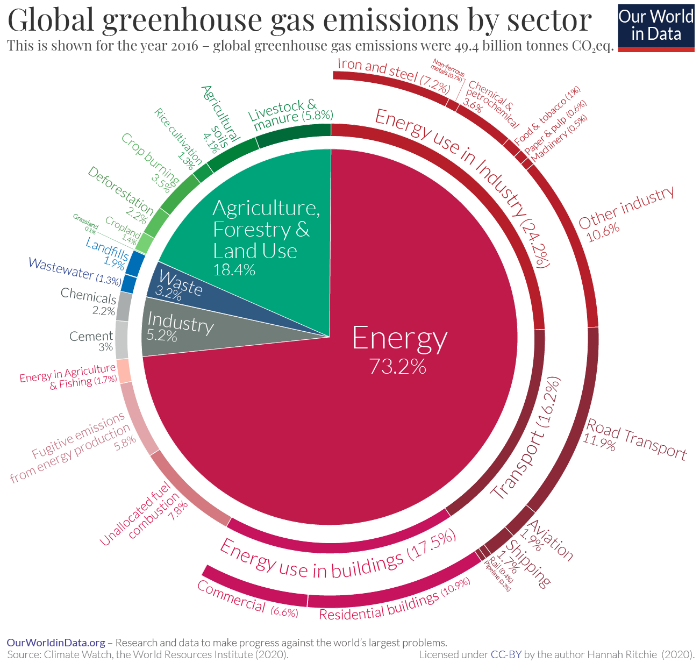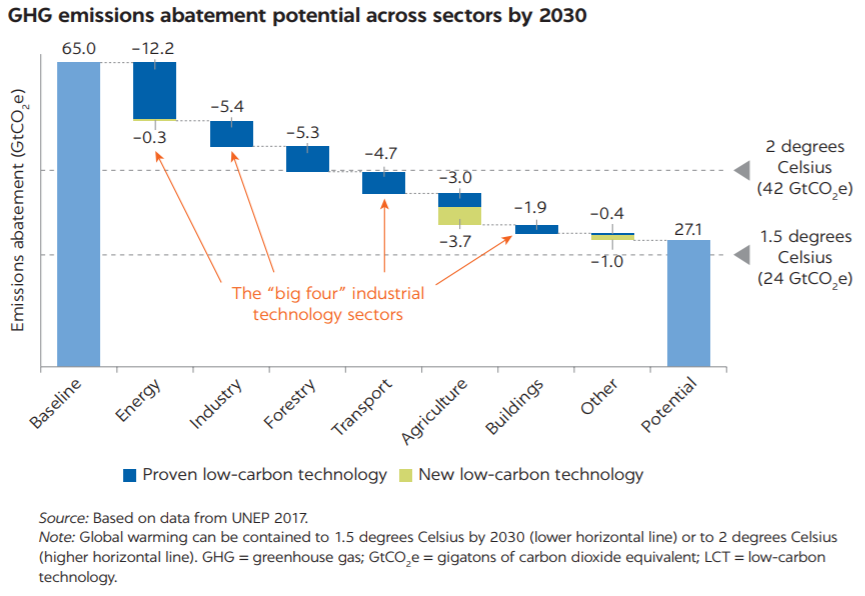Now that We’re Back In, What’s Next?
Enacted in 2015 and signed by 190 nations, the Paris Climate Agreement has received a great deal of U.S. media coverage since its inception. Most of it has centered on the U.S. role in the agreement and whether or not we should participate at all. Very little press has been given to what is in the agreement and what is not. We plan to fix that!
What is in the agreement that pertains to mitigating and adapting to climate warming and what is lacking from that perspective? What can be done in the short term to improve the agreement? Time is of the essence in dealing with the significant climate warming now in progress and its disruptive impacts, ranging from:
- sea level rise to increasing hurricane strengths and frequencies,
- extreme droughts to massive forest fires,
- heat waves to polar vortex instability,
- human health to ecosystem health, and
- worldwide security for the 7.8 billion people now calling Earth home?
We will address these questions from the Climate Adaptation Center (CAC) point of view in a three part series of articles. Our goal is to help you, our growing community of supporters, to understand this critically important global agreement.
Part 1, this post, speaks to what is actually in the agreement and points out what is not. Part 2 highlights the good points and the bad points of the agreement. Part 3 suggests improvements that should be made to the agreement to achieve the goal of a carbon neutral world soon enough to limit the climate warming to less than 2°C and why 2°C is such a big deal!
Part 1: What’s in the Paris Agreement and What’s Not
The Paris Agreement is a legally binding universal framework that sets the ambitious goal of limiting warming to “well below 2°C” above pre-industrial levels, with major efforts to limit warming to 1.5°C.
To achieve this goal, greenhouse gas (GHG) emissions, primarily carbon dioxide (CO2), need to decline as rapidly as possible. Recent research by BloombergNEF suggests that carbon emissions peaked in 2019, and declined 8% in 2020 (a result of the pandemic.) They are expected to rise during the economic recovery, but then resume a steady decline of 0.7% per year to 2050. Unfortunately, this puts us on track for 3.3ºC of warming by 2100 – a disastrous outcome. To keep climate warming below the two degree target, emissions need to decline 10 times faster – 6% per year to 2050. Hitting the 1.5ºC target is even more challenging, requiring an average 10% annual decline in emissions.
Nationally Determined Contributions – The Role of Individual Countries
In the Paris Agreement, individual countries are left to craft their own reportable goals and measures for mitigation. These are called Nationally Determined Contributions (NDCs). The agreement’s framework process requires not only a revision of NDCs at least every 5 years but also more ambitious targets every time a goal is reset.
Countries are allowed to cooperate with other countries in sharing mitigation targets to help them achieve their own NDC. For example, countries can meet their NDC targets by transferring ‘mitigation outcomes’ internationally – either in the context of emission trading, or in results-based payments. For example, if the U.S. exceeded its goals and Canada needed help in meeting its goals, the U.S. could sell Canada its over-performance to help Canada meet its own NDC.
The takeaway is that the Paris Agreement creates a process – it does not set mitigation goals for any country. It does set the overall goal to keep climate warming to less than 2°C above pre-industrial levels. Warming so far is about 1.2°C, with two thirds of the warming occurring since 1975. The seven most recent years were the warmest. The years 2016 and 2020 tied for the warmest year on record.

This graph illustrates the change in global surface temperature relative to 1951-1980 average temperatures. Credit: NASA/GISS
It is worth noting that when global warming has happened naturally at various times in the past two million years, it has taken the planet about 5,000 years to warm 5 degrees. If we continue on our current track, the predicted rate of warming for the next century is at least 20 times faster.
The principal focus of the Paris Agreement is greenhouse gas emissions reduction (primarily CO2), with a secondary focus on carbon sequestration in natural sinks (e.g., forests). The following chart from Our World in Data shows the breakdown of global greenhouse gas emissions by economic sector, as of 2016. The chart shows that 73% of emissions come from energy use, primarily by industry, transportation and consumption by residential and commercial buildings. Consequently, energy use is the primary focus of most NDCs, along with preservation and expansion of land-based carbon sinks. No one disputes that we have used up much of the world’s natural resource base, in the process changing forest and prarie into farmland and cities. As a result the natural land-based sinks for carbon have diminished. The Agriculture sector shows the impact of these changes in releasing previously sequestered carbon (e.g., by deforestation and crop burning) and by reducing the capacity of natural systems to capture and store atmospheric carbon.

The Paris Agreement encourages nation states to preserve and reclaim their carbon sinks, including forests. In doing so it will help each country achieve their own NDC commitment and help limit climate warming to below the 2°C maximum, ideally to 1.5°C.
Reducing Emissions from Deforestation and forest Degradation (REDD+) is a climate warming mitigation approach developed by Parties to the United Nations Framework Convention on Climate Change (UNFCCC), the parent organization for the Paris Agreement. It creates a financial value for the carbon stored in forests by offering incentives for developing countries to reduce emissions from forested lands and invest in low-carbon paths to sustainable development. Developing countries would receive results-based payments for results-based actions. REDD+ goes beyond simply deforestation and forest degradation to include conservation, sustainable management of forests and enhancement of forest carbon stocks.
For the first time an international climate agreement esablishes a global goal for adaptation of “enhancing adaptive capacity, strengthening resilience and reducing vulnerability to climate change” (Paris Agreement, Article 7.) While the procedural aspects are covered in the text, the agreement doesn’t set any specific country goal or commitment. Those are covered by the NDCs. That’s why the agreement is a framework and not a roadmap.
Developed Countries and Developing Countries – Different Paths
The Agreement distinguishes between developed countries and developing countries. For example, the agreement considers the U.S. a developed nation and China a developing nation. Together these two nations emit 45% of the global GHG emissions.
We should consider how these definitions impact GHG emissions. As of 2020, 350 coal-fired power plants are under construction worldwide. They include seven in South Korea, 13 in Japan, 52 in India, and 184 in China with the rest underway in other parts of the world. China, South Korea and Japan are financing and building coal-fired plants in a number of developing countries. On the flip side, many of the new units are replacing older, less efficient plants, while plants in the planning stages are becoming increasingly difficult to finance in the face of climate warming concerns and cost competition from renewable energy sources.
Among developed countries, Germany opened its last new coal fired plant in 2020, while closing eight other plants. Half of Europe’s 324 coal-fired plants have closed or are scheduled to close before 2030. The U.S. isn’t building any new plants. In fact, 281 coal fired plants have closed since 2010, with only 241 still operating.
The U.S. and China are respectively the number 2 and number 1 sources of GHG emissions, but they are also the two largest economies. While China’s NDC commits to levelling off emissions no later than 2030, President Xi has since set a target of 2060 for China to reach net-zero emissions. The U.S. NDC pledges to reduce GHG emissions to between 22% and 26% of 2005 levels by 2025. The Biden administration has proposed a U.S. net-zero emissions target of 2050, but the mechanisms to achieve that goal are still in the planning stage.
Financing
How about money? A new Green Climate Fund (GCF) was created in 2010, serving the financial mechanisms of the UNFCCC and the Paris Agreement. The GCF supports developing countries in their efforts to raise and attain their NDCs. Since its initial funding in 2015, the Fund has financed over 170 projects. There is no specific funding goal for each country. Countries can determine if they want to make financial commitments and how much. In the last replenishment of the GCF Fund in 2018, the developed nations, led by Europe, contributed nearly $10B, although without the participation of the U.S. and Australia. (We assume that the U.S. will resume its support of the GCF under the Biden administration.) There is no expectation for developing countries to contribute and India and China, the two most populated countries are not considered “developed”. China emits 30% of all GHG annually now and India is becoming a major emitter too.
It’s instructive to see a recent snapshot of the fund today. The Asian Development Bank received a $100M grant from this fund in 2019, along with funding from France and Germany, for a project to mitigate climate change in China’s Shandong province. This despite the fact that China is the second largest economy in the world as measured by GDP. In March 2021, the GCF provided $137M to India as seed capital for a Green Growth Equity Fund – India’s first of its kind climate-focused fund. European private equity investment of $807.5M provided the remainder of the funding. The fund will invest in low-carbon and climate-resilient platforms across the energy value chain. Equity and grants from the fund will accelerate Indian green infrastructure projects.
Technology Transfer
Finally, Article 10 of the Paris Agreement commits the Parties to strengthening technology transfer as a way to bring modern technology to the global climate warming battle. This will be a key element of the ability of developing countries to help make the Paris Agreement goals happen. As a recent report by the World Bank points out, rapid global deployment of existing low carbon technology (LCT) would be sufficient to meet even the aspirational 1.5ºC target.

Source: World Bank
These technologies are readily available in the developed world, but most future emissions are expected to come from developing countries. So, this isn’t an issue of new technology development as much as it’s about figuring out how to deploy technology we already have. In the words of Ceyla Pazarbasioglu of the World Bank Group:
It is technically feasible to contain global warming to 1.5 degrees Celsius by using existing LCT—but only if it is deployed on a massive scale in developing countries
We should not underestimate the scale of the technology transfer challenge. The up-front costs of low carbon technologies are high from a developing country perspective. Moreover, effective implementation requires complementary investment in infrastructure, such as power grids and transmission lines. Finally, government policies need to displace existing high carbon technology and provide incentives for a low carbon transition.
In this context there was considerable debate during the drafting of the Paris Agreement about whether the Agreement would resolve long-standing issues related to intellectual property and technology transfer. However, the Parties were once again unable to reach consensus on these issues, leaving Article 10 to kick the can down the road once more.
A Framework, Not a Plan
In summary, the Paris Agreement is a framework for limiting global climate warming to below 2°C, not a roadmap. The goals of each country are self-generated and self-policed. There are no enforcement mechanisms and the roles of developed and developing countries are quite different prior to 2030. That being said, the agreement is commendably aspirational, serving as a beacon not only for governments but also for private sector companies and philanthropy worldwide.
Stay tuned for Part 2 of our analysis of the Paris Agreement, in which we discuss the Agreement’s highlights and lowlights!

